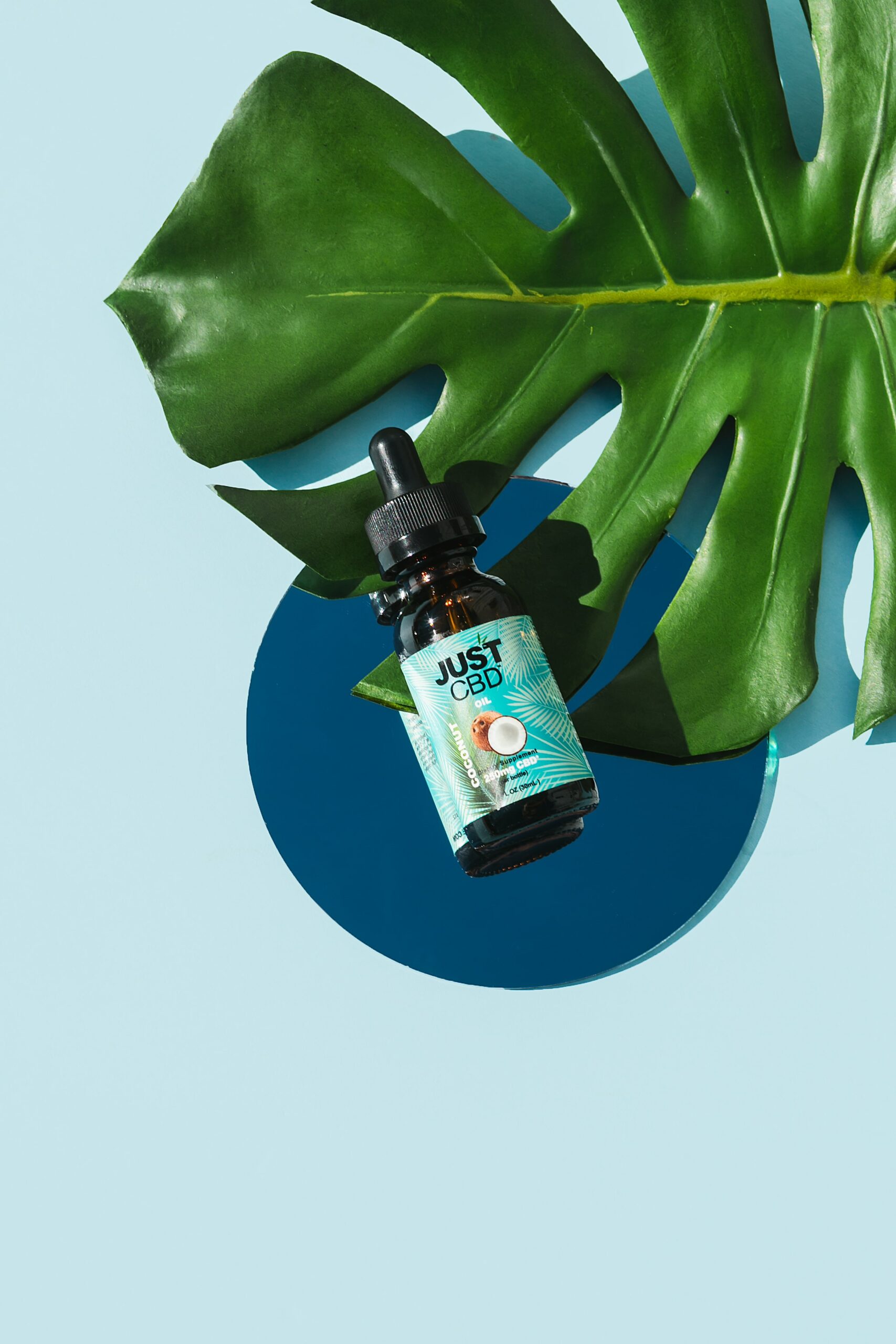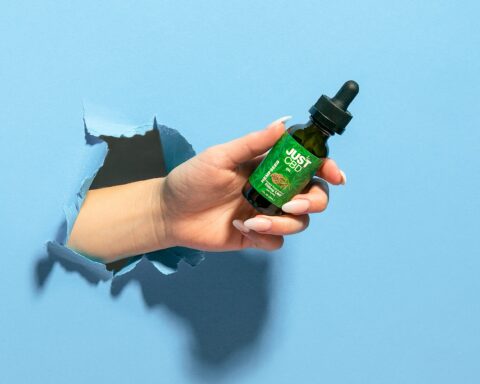Muscle fitness is important not only for health purposes but also for optimal brain function. Research conducted by the University of Columbia shows that exercising for an average of 150 minutes improves the size of the hippocampus, which is responsible for verbal memory and learning. Our bodies have the major types of body muscles. These are skeletal muscles, smooth muscles, and cardiac muscles. Skeletal muscles are responsible for voluntary body movement. Smooth muscles are found around the walls of body organs like the small intestines, gallbladder, stomach lining, and blood vessels. Cardiac muscles are found in the heart and are responsible for pumping blood to other body parts.
Cannabinol(CBD) is a phytocannabinoid produced by the plant species cannabis. CBD and THC make up almost 40% of phytocannabinoids found in the hemp plant. Hemp was legalized by the 2018 Farmers Bill, which categorized it as any cannabis plant with less than 0.3% of THC. In addition, CBD was favored over THC as it has no addiction reported issues with its users, unlike THC, which has been shown to have psychoactive effects. In an article published on 25th December 2019 by National Centre for Biotechnology Information, CBD was found to have anti-inflammatory and antioxidant properties. This was due to compounds with anxiolytic, antidepressant, antipsychotic and anticonvulsant properties.
How Workouts Induce Muscle Inflammation
In an article posted by National Centre for Biotechnology Information, Malm C., et al. 2001, it was found that physical exercise can incur damage to skeletal muscles depending on the duration of the exercise and its intensity. Even though the mechanisms involving normal muscle functions were still unknown to the researcher. However, study also showed that muscle inflammation was important as it is necessary to repair tissue damage induced by various exercises targeted at skeletal muscles. These exercises included activities such as push-ups, squats, lifting weights, and the use of stationary machines. CBD is a phytocannabinoid that has pharmacological activity. It is non-psychoactive, but has various therapeutic properties, including anti-inflammatory and antioxidant properties. Cannabinol’s pharmacological effects and the numerous molecular targets which it interacts with, such as cannabinoid receptors and other components of the endocannabinoid system, have been thoroughly investigated. CBD has been studied for its therapeutic potential in cardiovascular, neurological, cancer, and metabolic illnesses characterized by oxidative stress and inflammation. CBD has been demonstrated to cause vasodilation by activating the CB2 cannabinoid receptor. Vasodilation is important in muscle recovery as it allows more blood flow throughout the body. Increased blood flow allows for waste materials, particularly sweat, to be carried away from muscles that burn glucose to release energy and lactic acid. If it accumulates in muscles, lactic acid might cause muscle cramps. Lactic acid, if oxidized, is converted to sweat which can then be excreted by the body. Increased blood flow to the muscles shortens the time taken to recover from muscle fatigue. This is important as it gives skeletal muscles enough recovery time from tissue damage induced by muscle training exercises.
In as much as CBD elicits safety and a good side effect profile during clinical trials in the research, the therapeutic side effects are limited by the concentration of the CBD used. The study also showed that CBD was a weak agonist of the human receptor CB1. This receptor is directly involved in ROS production and pro-inflammatory response, including the downstream synthesis of tumor necrosis factor. Active CB2 receptors decrease ROS and TNF levels, which directly reduces oxidative stress and inflammation. The results were that CBD indirectly improves anti-inflammatory effects. Clinical studies have shown that CBS reduces pro-inflammatory cytokine levels, inhibits T cell proliferation, induces T cell apoptosis, and inhibits immune cell migration and adhesion.
How to Use CBD for Muscle Recovery
Different body exercises exert different amounts of stress on skeletal tissues affecting the amount of tissue damage done. Repetitive exercises continuously damage tissues, thus, the lengthy recovery period. CBD is useful both in muscle training and muscle recovery. Consistency is the key to effective weight training, and therefore people create workout programs and routines that target as many different muscle groups as possible to achieve their targets. They frequently accomplish this by creating a workout schedule that prioritizes one group of muscles a day and another for another day. Even though weight training is a physical activity, mental health plays an important role in guiding people towards their workout goals. CBD can improve mental health, Thersilla and Norman et al., 2020. In particular, it helps weight trainers clear their minds allowing their brains to send signals for workout periods. When the brain motivates the body, it encourages more effective weight training.
CBD is good for exercise as it can guide the pre-work-out frame of mind and soothe workout aches and pains. CBD as an anti-inflammatory can alleviate the soreness and muscle aches caused by exercise routines. This enables one’s body to recover from strenuous workouts more quickly and with less lingering pain throughout the body. Should CBD be taken before or after working out? This depends on the individual’s exercise routine, frequency, and intensity. When ingested after workouts, CBD can supplement depleted levels of endocannabinoids, enabling the endocannabinoid system to function properly.
Forms of CBD Products for Workout Recovery
CBD products come in varieties it is important to understand how to use them effectively for maximum benefits. One should consider the method of ingestion, time of effectiveness, and when to ingest CBD. Oral ingestion via sublingual channels(CBD oils placed under the tongue) is useful after exercises as it takes the shortest time to enter the bloodstream. CBD topicals and creams are effective when applied to the muscles after completing workouts for quick recovery. CBD edibles are suitable before the workouts as they take longer to get to the bloodstream. Thus they might help in focusing the individual.
Conclusion
Repeated workouts tend to wear and tear different muscles of the body. The human body has three different types of muscles. Research indicates that CBD has anti-inflammatory properties. This is useful as one can reduce muscle pains and aches right after workouts. However, for the compound’s effectiveness, one should have a workout regimen and consider whether it is beneficial to take CBD before or after workout.
- What Are the 7 Chakras and How Can You Unblock Them? - April 19, 2024
- THCa Flower by Perfect Plant Markey - September 21, 2023
- Arches Audio Shares Their Secrets For Starting A Successful Podcast - July 7, 2023







